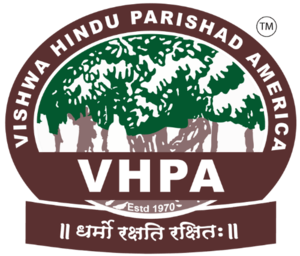RAIPUR: A survey on the banks of river Jonk has opened a new chapter in the history of Chhattisgarh in particular and central India in general.
The exploration along the river which originates from the Sunabera plateau in Nuapara district of Odisha and enters into Chhattisgarh at Khhati village of Bagbagara in Mahasamund district, detected evidence from the first tool makers of human history to the modern period.
The findings of a large number of prehistoric tools suggest that this valley was inhabited by early man before 25,000 years. Jonk valley is the cradle of human history in Chhattisgarh, head of the School of History of the Gangadhar Meher University, Sambalpur, Dr Atul Kumar Pradhan, who had led the survey carried out by the team of Directorate of Culture and Archaeology, Chhattisgarh government, told TOI.
The banks of the river contain archaeological treasures of all periods ie, prehistoric to late medieval period. Most of these sites have been discovered in the river basin and on its tributaries and also along the hills slopes.
Among these, the Lower Paleolithic sites (prehistoric) are located on the hills slopes and gullies formed on the foot of the hills, whereas few sites are located on the river section gravels. Mesolithic sites (middle stone age), on the other hand, are found at the base of the hills spread over the granitic outcrop or near the exposed cliff surface of the river.
Some artifacts belonging to later periods were also discovered during the course of this exploration. The prehistoric tools consist of flake, blade, points and cores. Large number of prehistoric sites are discovered from Senbhata, Khurmudi, Dongripali, Rewa, Lilesar, Uderlami, Pharsani, Dumarpalli, Baldidih, Kurmadih, Chandan, Thargaon, Kushgarh, Nitora. These tools are 25,000 to 6,000 years old.
The exploration also yielded a large early historical settlement at Amodi of Kasdol. The exploration discovered some early historical potsherds like bowls, basin, storage jars, beads, saddle querns and other material culturalism.
The cutting portions of the mound show the stone structures. Large number of saddle querns are deposited in a platform. Besides, an intact bowl from the early historical period is also exposed in the section. The potteries of black ware, black slipped ware, red ware, red slipped ware, buff red ware and other associated potteries also encountered during the survey of this site.
The survey of the opposite side of the bridge yielded a brick structure which may be a temple structure. This structure is situated on the river bank of Jonk. There are three to four courses of bricks in star shaped bricks that are exposed in the river section. The bricks are of big sizes and a large number of brick bats and half sized bricks are still scattered in this area. The site needs a horizontal excavation to retrieve this early historical settlement, said Pradhan, who was in Chhattisgarhs capital Raipur to present his survey report, told this newspaper.
The river Jonk originates from the Sunabera plateau in Nuapara district of Odisha and is fed by a number of small and big tributaries such as Bhandar, Kolar, Machka, Chirar, Bagh, Bhuisa, Karmel, Lamhar.
The river flows due north, covers a total area of 215 km and forms the inter-state boundary between Chhattisgarh and Odisha. The river passes through several small and big mountain ranges and after flowing through a narrow rocky channel, of Nuapara Hill range turns into the Mahanadi near Seorinarayan. The river Jonk enters into Chhattisgarh at the village Khhati in the Bagbahara.
The first phase survey on this project was carried out by Dr Pradhan, Dr Shivkant Bajpai and the then archaeological officer, Directorate of Culture and Archaeology. Recently, a team of research scholar headed by Dr Pradhan conducted the survey of the upper part of Jonk valley.
Source: https://timesofindia.indiatimes.com/city/raipur/jonk-river-valley-a-cradle-of-human-history-was-inhabited-25000-years-ago/articleshow/94291172.cms



![[ India Today ] Ohio senator JD Vance thanks wife, a Hindu, for helping him find Christian faith](https://hinduvishwa.org/wp-content/uploads/2024/06/us-senator-jd-vance-reveals-how-his-hindu-wife-usha-helped-him-find-his-christian-faith-image-re-272530504-16x9_0-120x86.webp)










